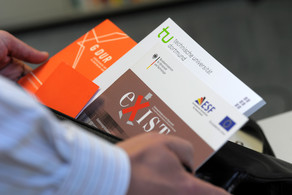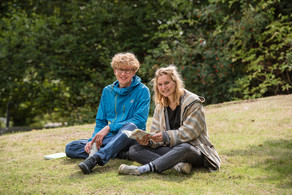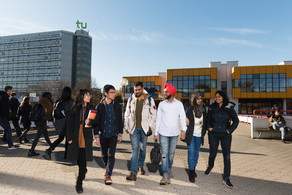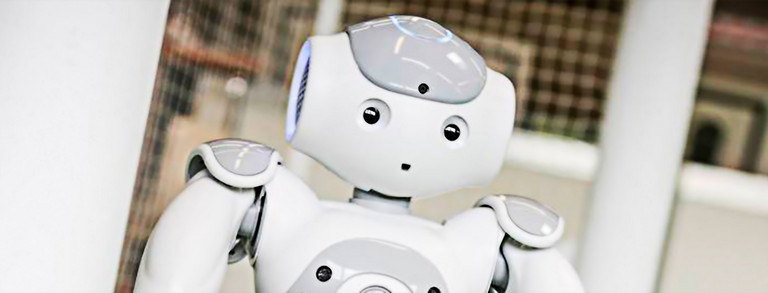MERCUR Funds Three New Collaborative Research Projects
- UA Ruhr
- Top News
- Research
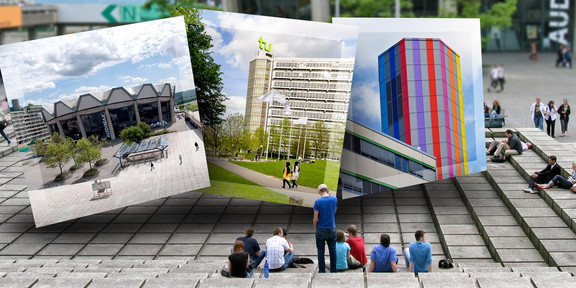
In the project “ELI-VR – Embodied Learning in Virtual Reality: Spatial and Sensomotoric Experience of Mental Number Line and Multi-Digit Number Processing for Elementary School Children”, researchers want to improve math learning in elementary school children. At school, mathematical content is mostly taught in a cognitive way on the basis of abstract and symbolic representations. This poses considerable challenges for many elementary school children because not only cognitive but also motor and sensory processes play an important role in learning. That is why Professor Jörg-Tobias Kuhn from the Department of Rehabilitation Sciences at TU Dortmund University and Professor Maic Masuch from the University of Duisburg-Essen are exploring new possibilities offered by virtual reality, which allows to connect spatial experiences of one’s own body with mathematical phenomena. Playful interaction can also reduce the fear of making mistakes and arouse interest in trying out new things. Children will be involved in the development process. Project funding of around €300,000 has been awarded.
The project “Combinatory Expression Systems for Complex Genes – A Toolbox for Efficient Catalyst Identification” is dedicated to new biocatalysts. These are needed in order to fully realize the potential of the bioeconomy and industrial biotechnology for more environmentally friendly processes in the chemical and pharmaceutical industries. Biocatalysts from microorganisms with a high guanosine (G)/cytosine (C) content pose a particular challenge in this context, as this prevents simple manipulation by means of standard molecular biology. What is needed here are building blocks – known as biobricks – that are well characterized, can be used reliably and are easily assembled and modified according to engineering principles. For this purpose, Dr. Katrin Rosenthal from the Department of Biochemical and Chemical Engineering at TU Dortmund University and Professor Dirk Tischler from Ruhr-Universität Bochum (RUB) are building up a joint biobrick collection within the project. The result will be a toolbox for synthetic biology that can also be used by other partners and will enable further research work, such as the rapid screening of new biocatalysts and the development of new production systems in the manufacturing of natural products and active ingredients. Funding of €100,000 has been awarded.
In the project “Synthesis, (Phase) Behavior and Catalysis Activity of Laser-Generated Nanoparticles in Liquid Multiphase Systems”, researchers are exploring innovative catalyst systems for a wide range of new reactions. Catalysis is a key technology for the sustainable and direct synthesis of platform chemicals. As homogeneous catalysts, transition metals allow high conversion rates and selectivities, while heterogeneous catalysts exhibit excellent processability and good recyclability. Quasi-homogeneous nanoparticle catalysis combines the advantages of high selectivity and processability and has enormous potential as a result, provided that the separation and recycling of the nanoparticles are efficient and successful. Here, what are known as liquid multiphase systems offer a possible approach. These require phase-selective nanoparticles dispersed in selectable solvents. While conventional syntheses only meet these requirements to a limited extent, laser-based colloid synthesis allows nanoparticle preparation in a wide range of solvents. However, these have not yet been used as quasi-homogeneous catalysts in multiphase systems. In the new project, Dr. Thomas Seidensticker from the Department of Biochemical and Chemical Engineering at TU Dortmund University and Dr. Sven Reichenberger from the University of Duisburg-Essen are now combining both technologies for the first time in order to use laser-generated quasi-homogeneous nanoparticle catalysts in a recyclable way in technically important hydrogenation reactions with liquid multiphase systems. Funding of €100,000 has been awarded.
University Alliance Ruhr
Ruhr-Universität Bochum (RUB), TU Dortmund University and the University of Duisburg-Essen have been working closely and strategically together under the umbrella of UA Ruhr since 2007. By joining forces, the partner universities’ performance is systematically upgraded. Reflecting the motto “better together”, there are meanwhile over 100 cooperative projects in research, teaching and administration. With over 120,000 students and almost 1,300 professors, UA Ruhr is one of Germany’s largest and top-performing centers of science and research.



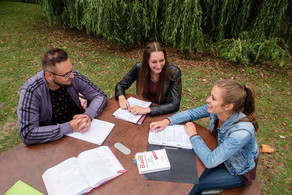
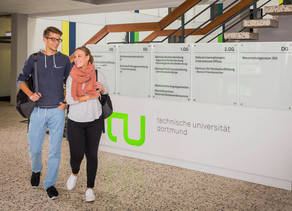
![[Translate to English:] Partner Four hands are holding the green logo of TU Dortmund University](/storages/tu_website/_processed_/1/d/csm_Partner_Nicole_Rechmann_KW_670eba0154.jpg)
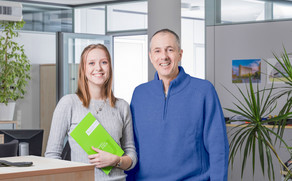
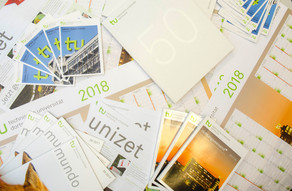

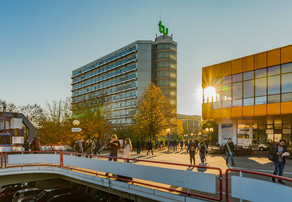
![[Translate to English:] Forschung An apparatus with tubes in a laboratory](/storages/tu_website/_processed_/0/c/csm_Forschung_Juergen_Huhn_4fa3153b51.jpg)
![[Translate to English:] Studium Five students are sitting in a lecture hall. They are talking to each other.](/storages/tu_website/_processed_/c/9/csm_Studium_FelixSchmale_dbdbfb0dd7.jpg)
